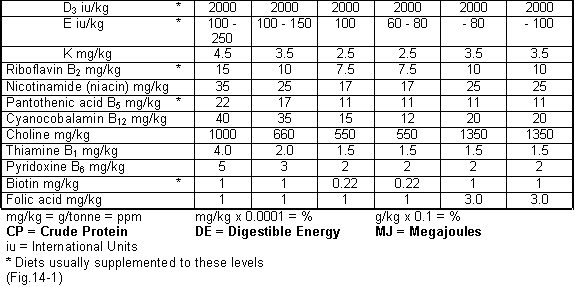



The role of amino acids
These are substances which when linked together in different combinations form different proteins. There are approximately 22 amino acids and whilst the pig can synthesise the majority of these, there are a number it cannot. These are described as the essential amino acids for normal health and metabolic processes.
The essential amino acids
- Arginine.
- Isoleucine.
- Histidine.
- Leucine.
- Lysine.
- Methionine plus cystine.
- Phenylalanine plus tyrosine.
- Threonine.
- Tryptophan.
- Valine.
The importance of amino acids
Field experiences constantly reinforce the importance of good quality proteins and amino acid availability particularly during periods of stress, management change and when the immune system is challenged.
Critical time periods are in the first 14 days post-weaning, and from 6 to 12 weeks of age when maternal antibodies are declining to EP, PRRS and App and when pigs are exposed to new endemically infected environments. During these periods of challenge you are advised to feed or continue feeding the higher quality diet. The advent of segregated early weaning, which removes many pathogens and environmental contaminants that are normally exposed to the pig, has increased the nutritional requirements necessary to satisfy the increased growth. This is particularly true of lysine and energy.
The quality of the protein in the pigs' diet is a reflection of the amount and the availability of these essential amino acids. High quality protein contains all of the essential amino acids at acceptable levels, poor quality protein is deficient in one or more. When proteins enter the intestinal tract they are broken down into the separate amino acids which are absorbed into the blood stream and transported around the body. These amino acids are then built into different types of proteins to satisfy the many diverse requirements of the body. It can be seen therefore, that where there is a deficiency of one or more essential amino acids in the diet, the metabolic functions of the pig are compromised leading to biological inefficiency and possibly disease.
The major roles of amino acids are in the production of muscle protein, digestive enzymes, haemoglobin in the blood, gamma globulins (antibodies), milk protein and in hormone metabolism. Since the proteins used in pig diets are of variable quality, some of the essential amino acids may be deficient. These are called the limiting ones and in most cases lysine is the most likely, followed by methionine, and both are often added to diets routinely.
If the diet is deficient in one or more of these essential amino acids then protein synthesis will only continue to the level associated with the first limiting amino acid. The amounts of each amino acid required in the diet are expressed as a percentage of the total lysine requirement. (Fig.14-1).


Enteric diseases such as E. coli enteritis in the sucking pig, transmissible gastro enteritis, colitis and swine dysentery, which severely damage the lining of the intestine and its capacity to absorb nutrients can have a profound effect on the absorption of amino acids and exacerbate the effects of the disease. It is important when dealing with such diseases to ensure that the diet has a high level of amino acids during the recovery period.







